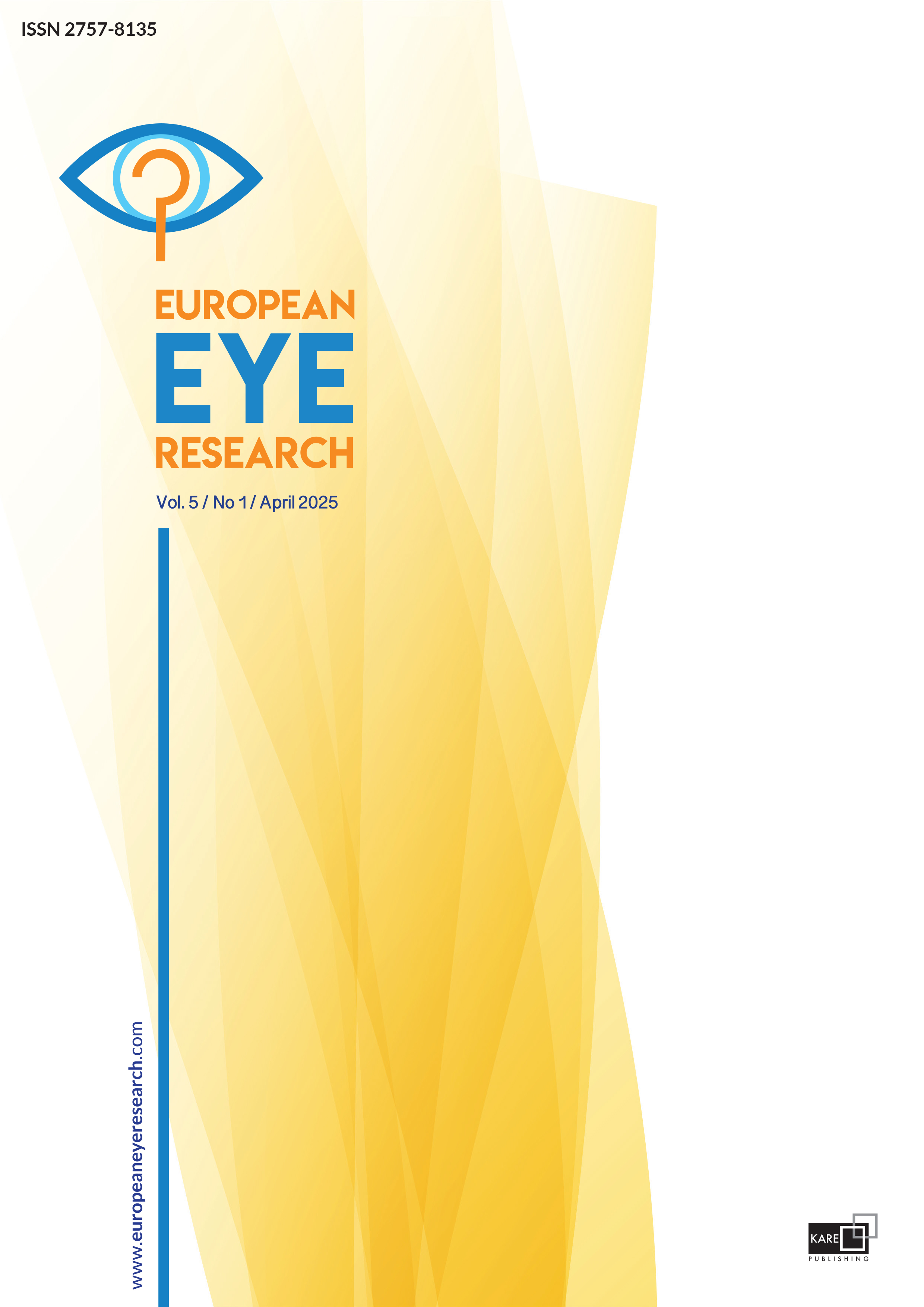

Efficiency of web-based code-free artificial intelligence platform in classification of vitreomacular interface diseases
Furkan Kirik, Cumhur Özbaş, Cansu Ekinci, Arif Koytak, Hakan ÖzdemirDepartment of Ophthalmology, Bezmialem Vakif University, Istanbul, TürkiyePURPOSE: The aim of this study is to evaluate the effectiveness of Teachable Machine (TM), a code-free web-based artificial intelligence (AI) platform, in the detection and classification of vitreomacular interface diseases (VMIDs) in optical coherence tomography (OCT) images.
METHODS: A dataset of 445 cross-sectional OCT images from patients with VMID, along with 200 images from healthy individ-uals, was retrospectively prepared at a tertiary health-care institution. The OCT images were categorized into three groups: Epiretinal membrane (ERM), macular hole (MH), and vitreomacular traction (VMT). Subsequently, a deep learning (DL) model for VMID classification was developed using TM, a code-free web-based AI platform. The model underwent training on 160 ERM, 96 MH, 100 VMT, and 160 normal images, followed by testing on 40 ERM, 25 VMT, 24 MH, and 40 normal images. Sensi-tivity, specificity, and receiver operating characteristic curve were calculated to evaluate the effectiveness of the developed model.
RESULTS: The DL model showed 100% sensitivity and specificity in detecting any VMID compared to normal eyes. For detecting VMT, TM had 100% sensitivity, 98.08% specificity, and an AUC of 0.99. In ERM detection, sensitivity and specificity were both 100%, with an AUC of 1.00. MH detection had 91.67% sensitivity, 100% specificity, and AUC of 0.958.
CONCLUSION: This study demonstrates that TM can be used with high efficiency in detecting and classifying VMID. TM appli-cation, which performs image classification with DL, can be considered an effective alternative, especially for physicians who do not have coding knowledge to develop AI models.
Manuscript Language: English



